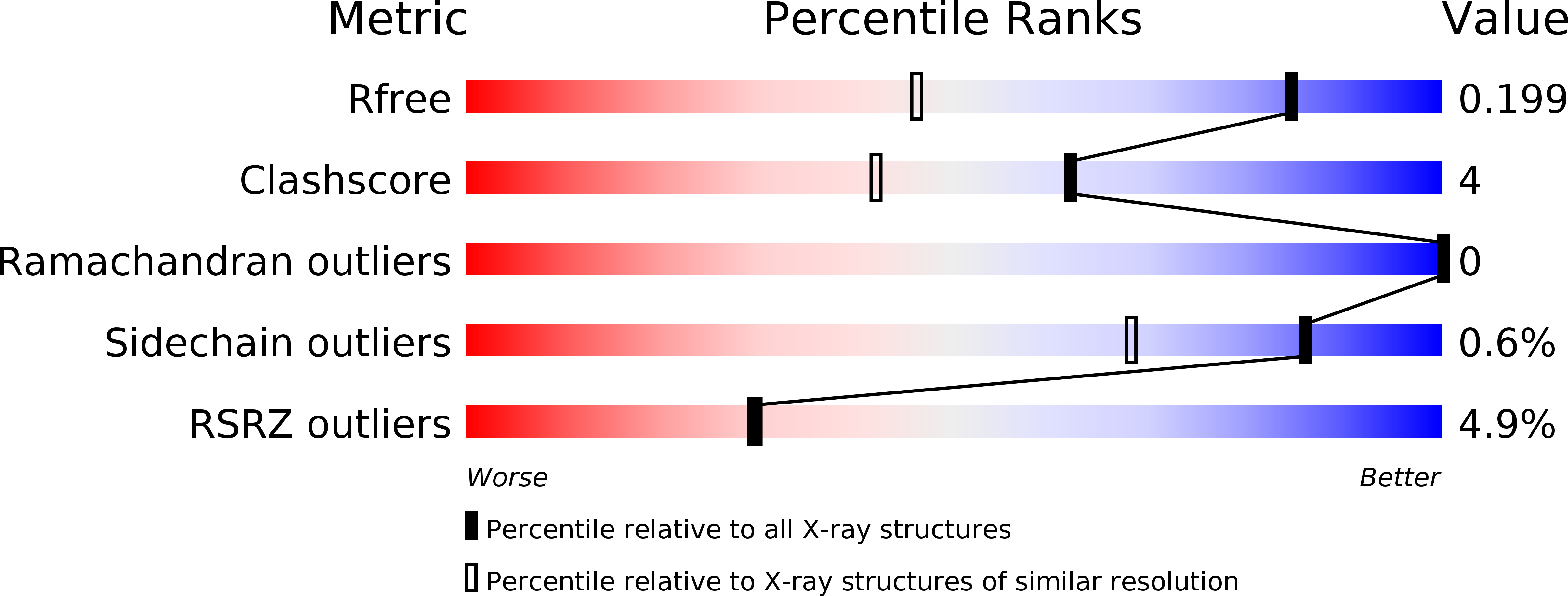
Deposition Date
2008-04-02
Release Date
2008-07-22
Last Version Date
2023-11-01
Entry Detail
PDB ID:
2ZL6
Keywords:
Title:
Atomic resolution structural characterization of recognition of histo-blood group antigens by Norwalk virus
Biological Source:
Source Organism:
Norwalk virus (Taxon ID: )
Host Organism:
Method Details:
Experimental Method:
Resolution:
1.43 Å
R-Value Free:
0.20
R-Value Work:
0.17
R-Value Observed:
0.18
Space Group:
P 31 2 1


